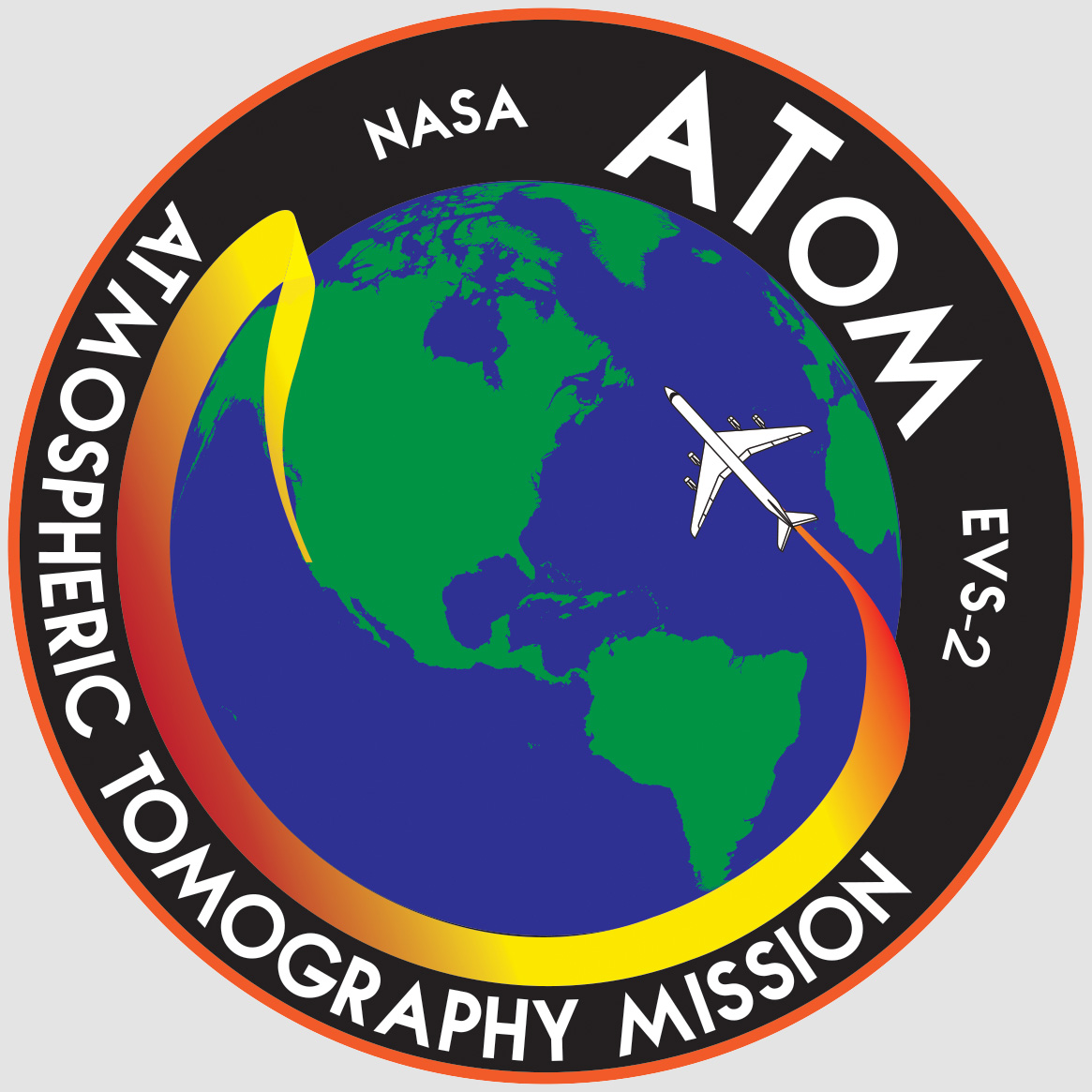The NASA Atmospheric Tomography (ATom) Mission deploys an extensive gas and aerosol payload on the NASA DC-8 aircraft for systematic, global-scale sampling of the atmosphere. This comprehensive dataset will be used to improve the representation of chemically reactive gases and short-lived climate forcers in global models of atmospheric chemistry and climate.
ORNL DAAC is happy to announce the availability of five new ATom Level 2 data products:
ATom: L2 In Situ Data from Caltech Chemical Ionization Mass Spectrometer (CIT-CIMS)
ATom: L2 Photolysis Frequencies from NCAR CCD Actinic Flux Spectroradiometers (CAFS)
ATom: L2 In Situ Peroxyacetyl Nitrate (PAN) Measurements from Georgia Tech CIMS
ATom: L2 Measurements from CU High-Resolution Aerosol Mass Spectrometer (HR-AMS)
ATom: L2 In Situ Measurements from NOAA Nitrogen Oxides and Ozone (NOyO3) Instrument
ATom flights occurred in each of 4 seasons from 2016 to 2018. Flights originate from the Armstrong Flight Research Center in Palmdale, California, fly north to the western Arctic, south to the South Pacific, east to the Atlantic, north to Greenland, and return to California across central North America. During each flight, the aircraft executes a continuous series of vertical profiles from 0.2 to 12 km altitude.
The full, merged data from all onboard instruments is also available: ATom: Merged Atmospheric Chemistry, Trace Gases, and Aerosols.
Data Center: ORNL DAAC
Sponsor: NASA EOSDIS


